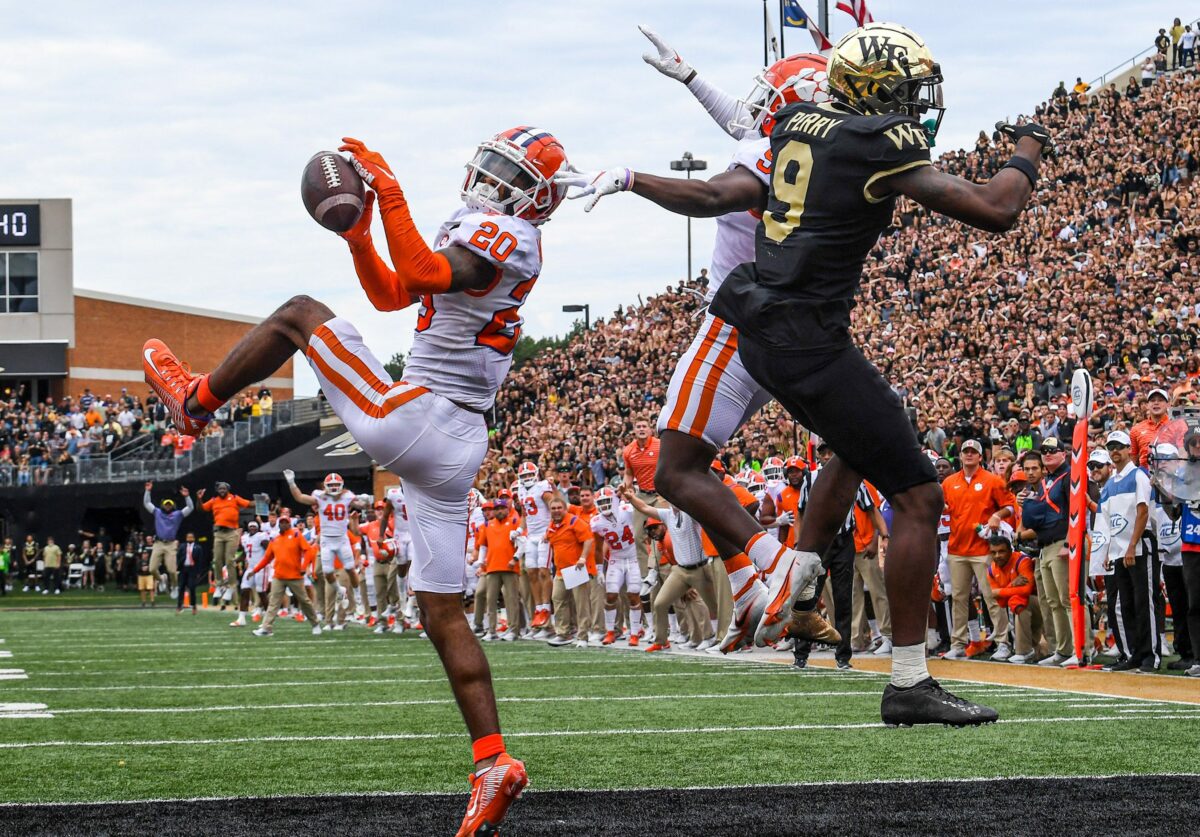Welcome to FTW Explains, a guide to catching up on and better understanding stuff going on in the world. Not much is simple when it comes to college football, and that includes overtime rules. So if you’re trying to figure them out for the first time or need a quick refresher, we’ve got you covered.
Long gone are the days when college football games could end in a tie, thankfully, since overtime became part of the regular season back in 1996. And the same is (generally) true for absurdly high numbers of overtime periods — though that’s not always the case.
Still, college football overtime rules can be confusing and challenging to remember, especially when the NCAA updates the rules, as it did in 2021.
We’ve outlined all this below, but the TL;DR version is: A coin toss to see who starts with the ball, both teams get possession and two-point conversions replace traditional drives in the third overtime.
Here are the basics
- When a game is tied at the end of regulation, there will be overtime. Duh.
- Teams’ captains will meet at midfield for the overtime coin toss, and the winner of the coin toss can either choose to be on offense or defense first OR choose which end of the field overtime will be played in (and cannot defer). The team that loses the coin toss gets to pick the remaining option.
- Each team gets one timeout for every overtime period, and unused timeouts from regulation or overtimes don’t carry over.
OK, now onto how this actually plays out on the field
- Each team gets the ball for a series for the first overtime period, as well as a second one if it’s necessary. Equal chances to score, unlike the NFL.
- The team on offense starts at the 25-yard line, and it can choose where to start on or between the hash marks.
- The possession ends either with a score, a failure to get a first down or a turnover, and then the other team gets the ball for a chance to win or score and tie.
- If the first overtime period also ends in a tie, a second one is played.
How college football overtime rules changed in 2021
For a second overtime period, all the rules from the first overtime period remain the same, except if a touchdown is scored.
- New in 2021, if a team scores a touchdown in the second overtime, it has to run a two-point conversion afterward instead of kicking for the extra point. Previously, the two-point attempt was required only after the third overtime.
- Also, now if the game is forced into a third overtime, possessions starting at the 25-yard line are scrapped. Instead, teams have to run alternating two-point conversion plays, which was previously a requirement in a fifth overtime.
And there you have it. These rules apply to both overtimes in the regular season as well as the postseason.
[mm-video type=video id=01gcc5zhsk0n3zchm8j1 playlist_id=none player_id=01evcfkb10bw5a3nky image=https://images2.minutemediacdn.com/image/upload/video/thumbnail/mmplus/01gcc5zhsk0n3zchm8j1/01gcc5zhsk0n3zchm8j1-c74d1954f971e0e97fb903b62a72dc2b.jpg]
[vertical-gallery id=1965072]


